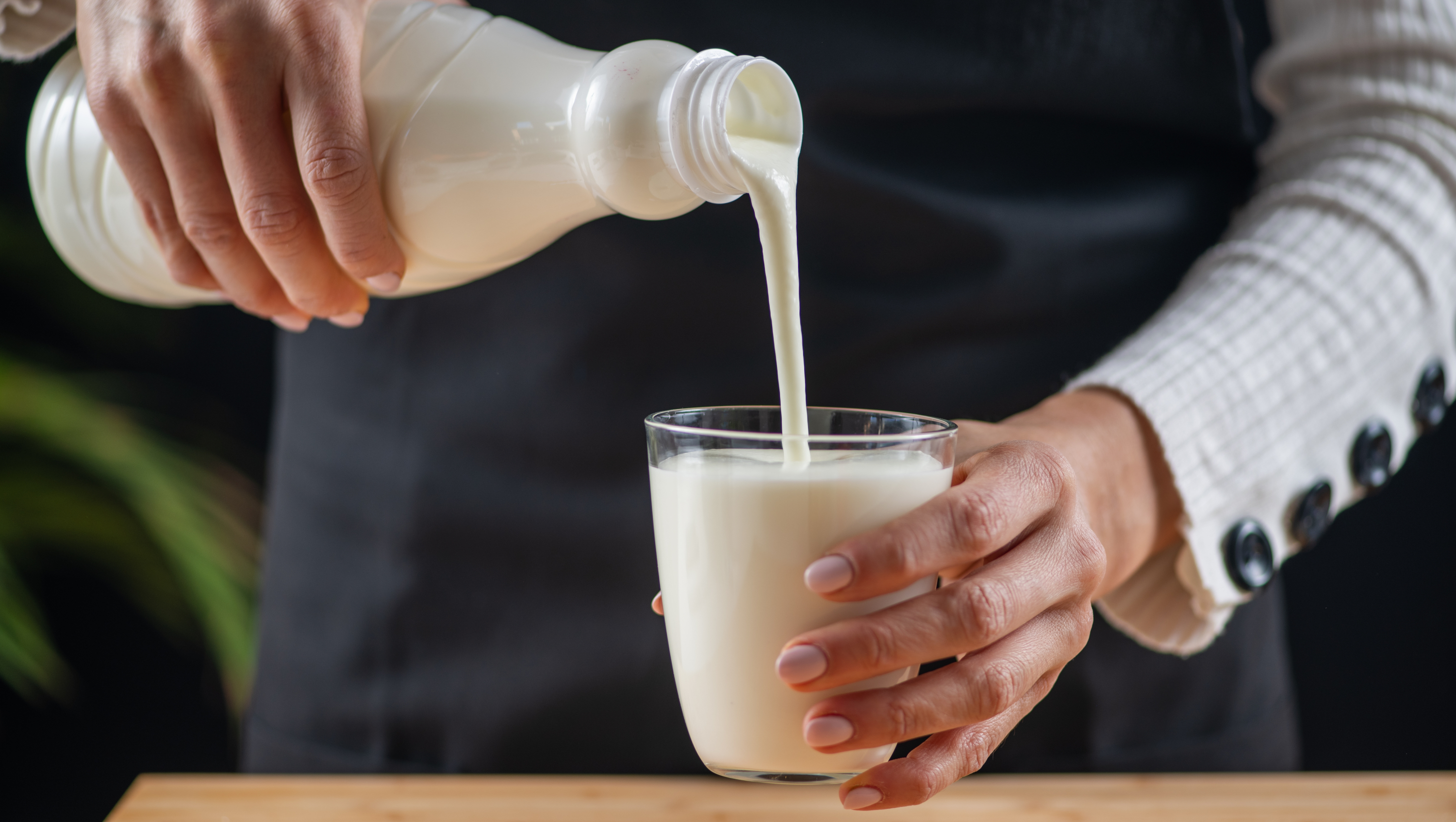Can you buy a mattress that naturally prevents mold? Yes — here’s what to look for
Some of the best mattresses are naturally resistant to mold, here's how to spot them
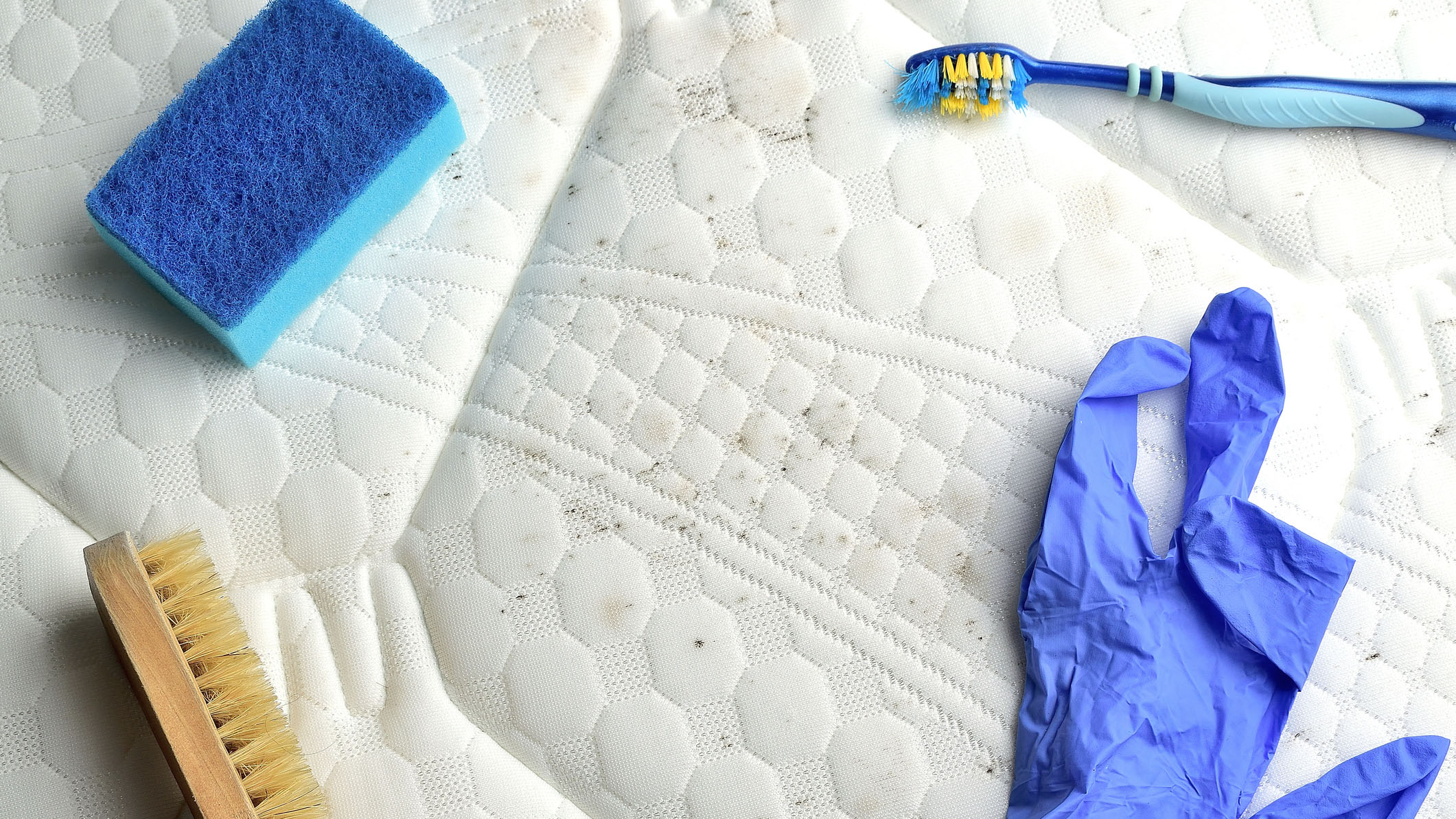
Mattress mold isn’t something that any of us want to find in the place we sleep all night. Mattress mold can be incredibly difficult to get rid of once it takes hold, and even the best mattresses on the market can fall foul of the toxic fungus if the conditions are just right.
However, there are certain mattresses that can naturally prevent the growth of mold and mildew, such as natural latex and infused memory foam. Here, we’ll show you what to look for in order to prevent your sleep space from becoming a mold magnet, including what materials to opt for and which are best avoided.
Of course, buying a new bed can be expensive but hopping the mattress sales can drive prices down. However, the best deals are usually reserved for major holidays, like the Memorial Day mattress sales in May. That allows plenty of time to shop around for the best mold-repelling mattresses, so let's get started.
What is mattress mold?
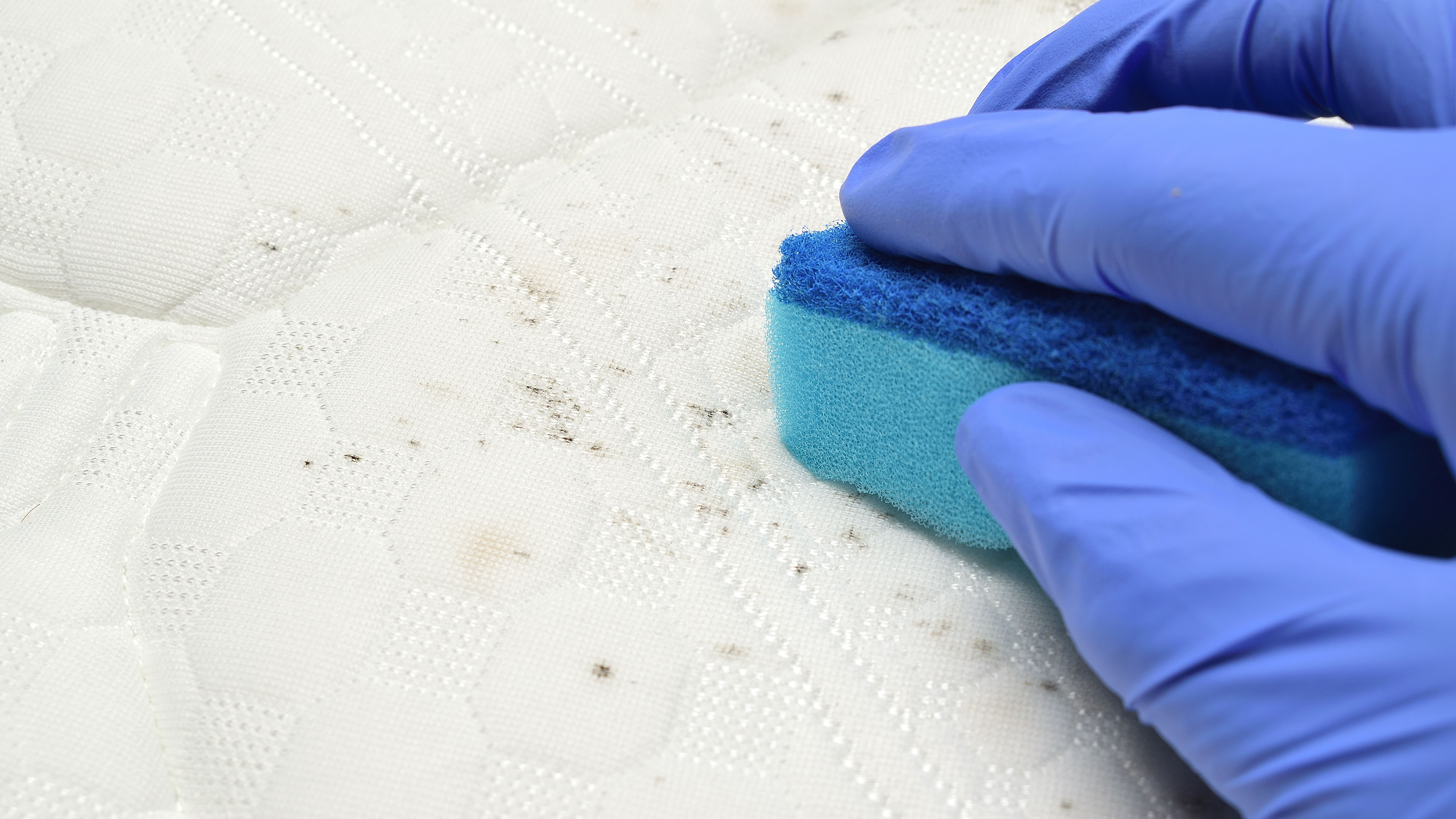
Mattress mold is a fungus made up of tiny organisms which, left untreated, will allow these fungal spores to spread through your mattress and eventually destroy it. Mold can also spread to bedding, carpets, and any other soft furnishings in the room. In addition, it can exacerbate existing respiratory conditions and lead to a stuffy nose, wheezing and itchy eyes. You may wake up feeling extremely congested or with a headache. Mold is bad for both yours and your mattress’ health.
Mold can be a particular problem in high humidity areas, but can also be caused a result of moisture in the mattress from spills and accidents. So it’s really important to look after your mattress properly in order to give it the best chance of being mold free.
These are the main signs of mattress mold to look out for:
- Off-white, pink or fluffy black spots of mold
- A strong musty smell coming from your mattress
- Multi-colored stains
- New stains forming, but you don’t know what’s caused them
- Mold is present in other parts of the bedroom
How to choose a mattress that naturally prevents mold
There are mattresses available that will help to naturally prevent mold. These are the key features to look for:
Sign up to get the BEST of Tom's Guide direct to your inbox.
Get instant access to breaking news, the hottest reviews, great deals and helpful tips.
1. Antimicrobial cover
Antimicrobial substances help to kill microorganisms such as mold and bacteria, whilst also stopping them from growing and spreading. Some mattresses are treated with an antimicrobial formula, which means that they will be naturally resistant to mold. We’d recommend the Saatva Classic, which has a cover treated with a Guardin Botanical Antimicrobial formula that’s designed to stop the growth of not only mold, but also mildew and bacteria.
2. Natural latex
Natural latex has an inherent resistance to mold and mildew, making these mattresses a great choice if you’re trying to prevent mold building up. This is because it has an open cell structure, which helps to enhance airflow and prevent moisture build up. These are both important to preventing mold from getting a grip. Natural latex also has antimicrobial properties, meaning it will naturally inhibit mold, mildew, bacterial and fungal growth.
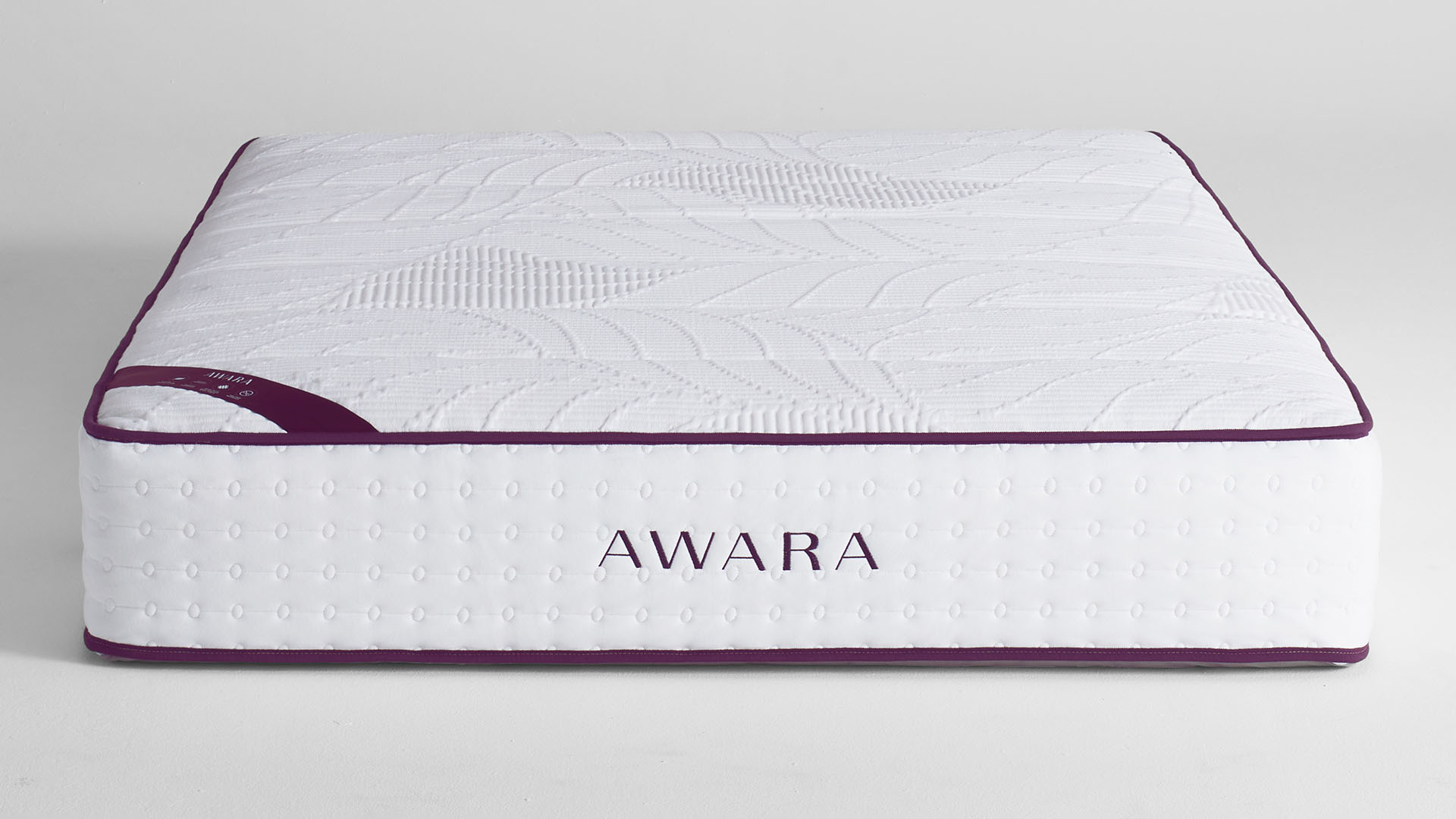
Finally, the manufacturing process of latex mattresses, like the Awara Natural Hybrid mattress, also helps to contribute to their mold resistance, with treatments applied during the process that aid the antimicrobial qualities. One of the best examples is the Awara Natural Hybrid mattress, which is also a great choice if you’re on a tighter budget but still looking for one of the best organic mattresses.
3. Infused memory foam
Although foam can be prone to trapping heat and therefore moisture, modern memory foam mattress brands have taken steps to try and prevent this. Primarily added to help prevent sleepers from overheating, materials such as copper, graphite and charcoal can also help to prevent mold and mildew appearing on your mattress. Because they help to wick away moisture, they’ll also help stop an environment developing that’s condusive to mold. The Nectar Premier Copper is a great choice here, and also contains advanced cooling tech to keep you comfortable at night.
4. Wool
Wool is naturally antimicrobial and which is naturally resistant to mold growth. This is because wool is a keratin, which means it won’t support the growth of mold. Wool fibers also minimize moisture, absorbing it and then releasing it to help prevent any damp building up inside your mattress. You’ll find wool included in many organic mattresses, such as the Avocado Green – one of our favorite natural mattresses.
5. Cooling technology
Although not strictly designed to prevent mold, some of the best cooling mattresses will inadvertently do an excellent job of resisting it due to the materials used in their construction. Because their focus is on keeping hot sleepers cool, the materials used are focused on drawing heat away from the body and the mattress. This means that moisture won’t build up and conditions will therefore not be hospitable to mold.
How to prevent mold from growing in your mattress
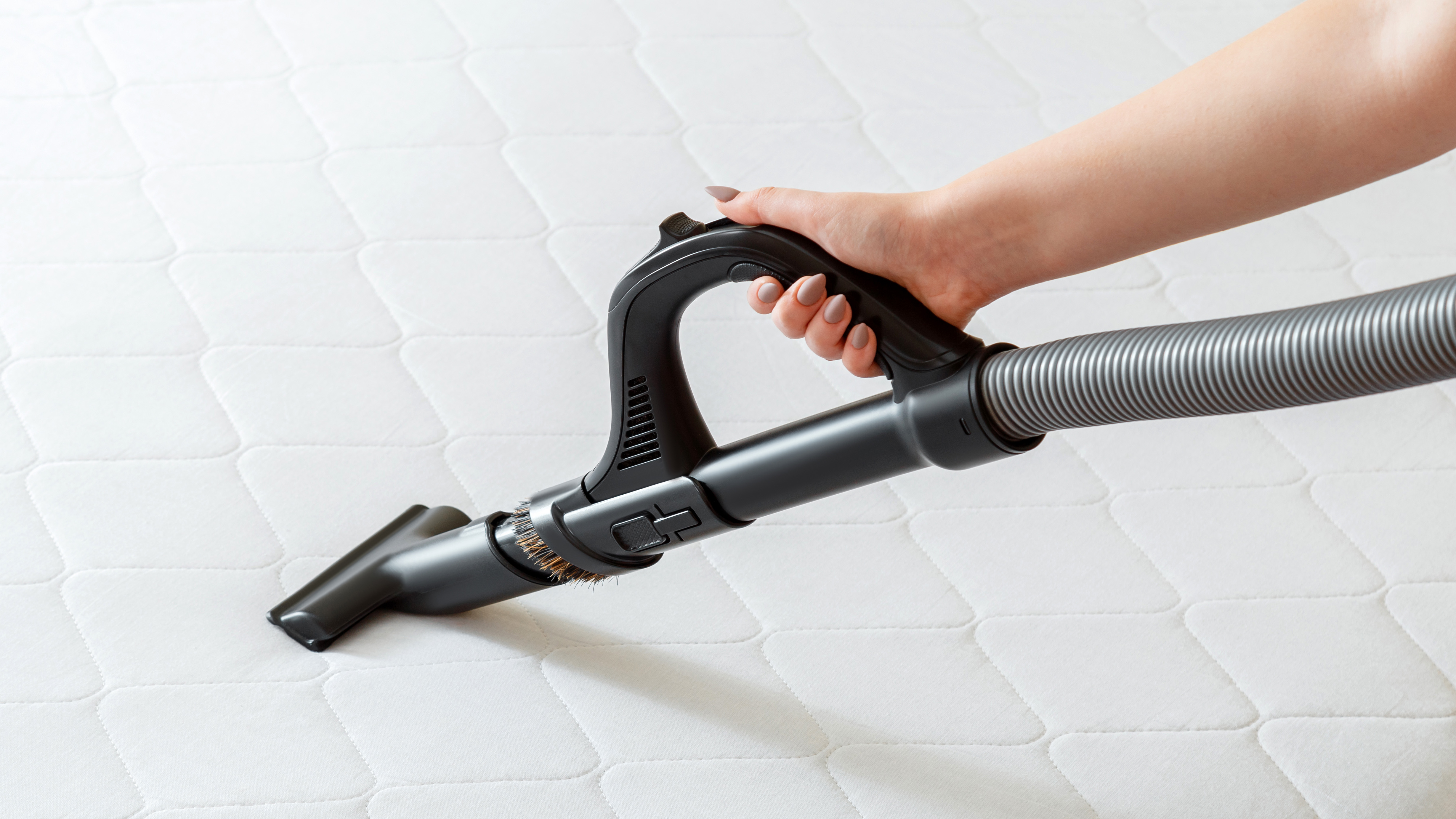
Even if you’ve invested in a mattress that can naturally prevent mold, it’s still a good idea to follow a decent cleaning regime to ensure you don’t provide any hospitable conditions to not only mold, but also mildew, dust mites and bacteria. Knowing how to clean a mattress is essential if you want to keep your bedroom a healthy place. Obviously, the most important step to take is to invest in a breathable mattress protector that will prevent your mattress from spores, allergens and stains, but the steps below will also prevent mold from growing in the first place.
- Use a slatted bed base to ensure good airflow underneath your mattress
- Vacuum your mattress regularly to get rid of dust mites and mold spores
- Clean up liquid spills immediately with the baking soda cleaning method
- Make sure your mattress is completely dry after cleaning
- Keep your bedroom well ventilated and let as much sunlight in as possible
- Keep all damp towels and clothes off the mattress
- Always use a mattress protector
- Don’t place the mattress directly onto the floor
- Use a dehumidifier in periods of high humidity
- Rotate the mattress every three months
- Wash your bedding weekly, or more often if you sweat a lot.

Jo Plumridge is an experienced mattress reviewer with several years' experience covering all things mattresses and sleep, and who tests memory foam, hybrid and organic mattresses. What Jo doesn't know about a boxed mattress isn't worth knowing, so naturally we tasked her with producing a series of features for Tom's Guide looking at all aspects of mattresses, from how to pick between latex and memory foam (it's a tricky one), to the seven mistakes people make when buying a mattress for the first time. When testing the DreamCloud Luxury Hybrid for Tom's Guide, Jo said: "I loved the back support and pressure relief it offered. Plus, it looks far more expensive than it is." When she isn’t writing about sleep, Jo also writes extensively on interior design, home products and photography.
